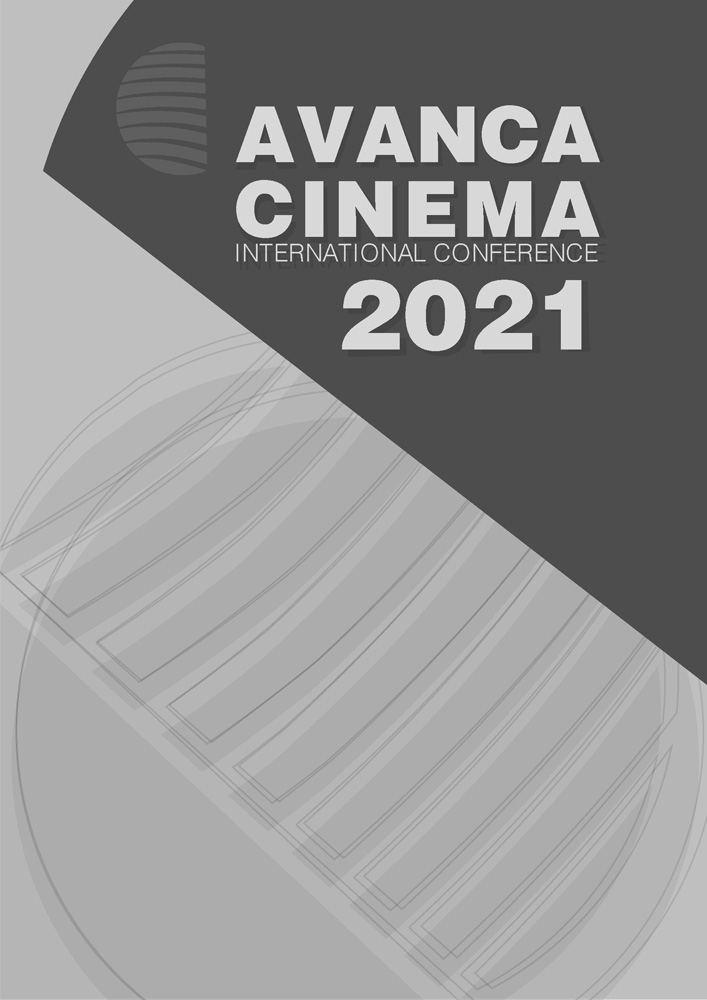Chapter IV _ Cinema - Technology
The planetarium, beyond the stars: historical development of audiovisual projections for hemispheric screens.
Abstract
This work intends to establish, within a historical approach, some of the main initiatives to expand the uses of the projection planetarium through the adoption of audiovisual resources. In its origin, the optical-mechanical star projector occupied a central place, both technical and symbolic, in the planetarium experience. However, it gradually came to coexist with slide projectors, audio equipments, 16mm fisheye projectors or even lasers and special effects projectors. When the planetarium had its encounter with the standards of giant screen cinema (under the brand Omnimax) the star projectors lost its centrality at the expense of audiovisual media. In this sense, we intend to demonstrate how, albeit in a discontinuous and non-linear way, scientific, commercial and artistic initiatives using audiovisual media shaped the development of an expanded cinema on a hemispheric screen. Currently, the Fulldome standard has become the label for films produced and screened on a hemispheric dome in order to occupy the entire field of view of the viewer while adopting a spatialized audio system around the audience. In this process of major changes for the planetariums, the new Fulldome films incorporate other themes and proposals, in addition to the traditionally scientific and astronomical content, that open up a large field for artistic experimentation.

This work is licensed under a Creative Commons Attribution 4.0 International License.

